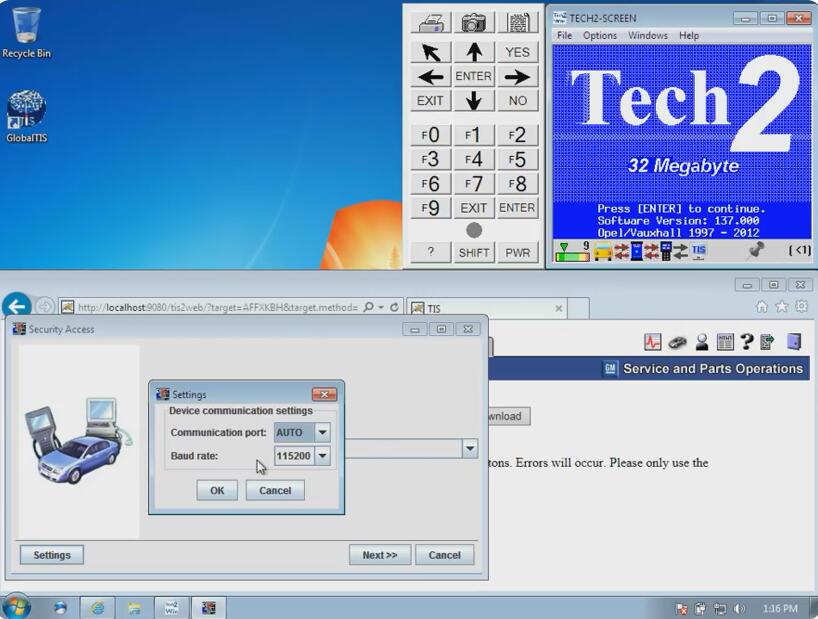Introduction:
When working with automotive diagnostic software, it’s essential to ensure proper communication between the host computer and the virtual machine (VM) running the necessary tools. In this article, we will guide you through the process of configuring your Tech2Win host to access the TIS2000 and OpenTIS software running in a guest VM.
Related Content:
https://www.obd2tool.com/blog/how-to-install-gm-tech2-tis2000-cd/
Step 1: Install Tech2Win on the Host PC
It’s important to note that Tech2Win should be installed directly on the host PC, not in a VM. Newer versions of Tech2Win may complain if installed in a VM, so make sure to install it on your primary computer.
Step 2: Set Up TIS2000 and OpenTIS in a Guest VM
Create a guest VM using VMware Player or a similar virtualization software. For optimal compatibility, use a Windows XP operating system for the guest VM. Install TIS2000 and OpenTIS within this VM.
Step 3: Establish Communication between Host and Guest
To enable communication between the Tech2Win host and the TIS2000/OpenTIS software in the guest VM, you have two options:
a. Create a Virtual COM Port:
– In the VMware Player interface, create a virtual COM port that points to the guest VM.
– Configure Tech2Win to use this virtual COM port for communication.
b. Use GlobalTIS on the Host:
– Install GlobalTIS on the 64-bit host computer.
– Tech2Win and OpenTIS can function directly on a Windows 10 64-bit host without the need for a VM.
– Ensure that you have Java 7 JRE 32-bit edition installed on the host for OpenTIS to work correctly.
Step 4: Test Security Access
To test Security Access, you can either connect the setup to a vehicle or use a simulation tool. If you have a genuine Mongoose Pro GM 2 cable, you can use it to establish a connection with the vehicle.
Conclusion:
By following these steps, you should be able to configure your Tech2Win host to communicate with the TIS2000 and OpenTIS software running in a guest VM. Alternatively, installing GlobalTIS on the host computer can simplify the process and eliminate the need for a VM altogether. With the proper setup, you can perform tasks such as pulling codes from the vehicle and programming new keys.
Remember to use the appropriate cables and adapters, and always refer to the manufacturer’s guidelines for specific instructions related to your vehicle and diagnostic tools.
